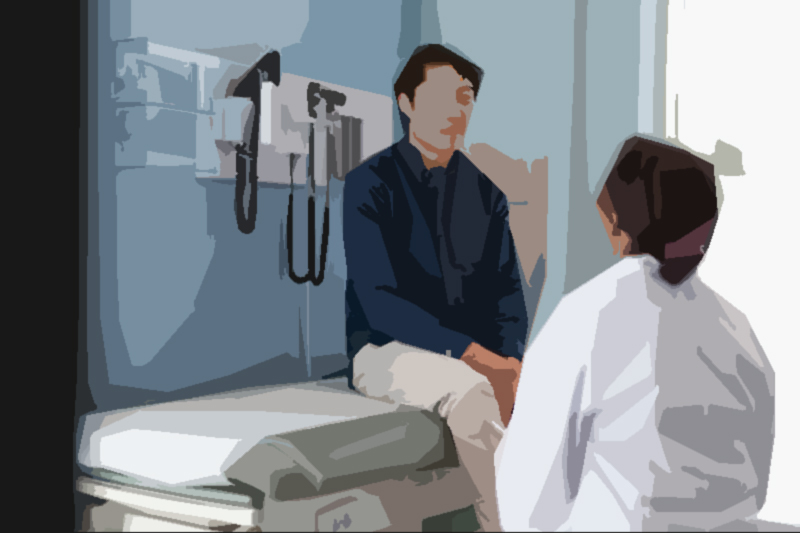[breadcrumb]
Naloxone: A Lifesaving Medication for Opioid Use Disorder
Naloxone, often sold under the brand name Narcan, is a critical medication in the battle against Opioid Use Disorder (OUD). It is an opioid receptor antagonist designed to rapidly reverse opioid overdose, potentially saving lives in emergency situations. In this article, we delve into the characteristics, benefits, and considerations of Naloxone.
Understanding Naloxone
Mechanism of Action:
Naloxone works by binding to the same opioid receptors in the brain that opioids, such as heroin or prescription pain medications, bind to. However, Naloxone has a stronger affinity for these receptors, displacing opioids and temporarily reversing their effects. This can rapidly restore normal breathing and consciousness in individuals experiencing an opioid overdose.
Benefits and Considerations
Naloxone offers several benefits:
- Rapid Reversal of Overdose: Naloxone can quickly counteract the life-threatening effects of opioids, such as slowed breathing and loss of consciousness.
- Easy Administration: Naloxone can be administered via intramuscular injection or nasal spray, making it accessible for both healthcare professionals and laypersons.
- Reduced Mortality: Naloxone has been instrumental in reducing opioid overdose-related fatalities, particularly when administered promptly.
- Low Risk of Abuse: Naloxone does not produce euphoria or addiction and is not considered a controlled substance.
However, there are important considerations:
- Temporary Reversal: Naloxone’s effects are temporary, and individuals who have overdosed may require additional medical attention and support.
- Need for Training: While Naloxone can be administered by bystanders, proper training is essential to ensure effective and safe use.
- Legislation and Access: Laws and regulations regarding Naloxone availability and distribution vary by location, which can impact its accessibility to those who need it.
Naloxone is a crucial tool in harm reduction strategies aimed at reducing opioid overdose deaths. Its availability to individuals who use opioids and their communities can be a lifesaving intervention. Ensuring that Naloxone is widely accessible and that individuals are educated about its use is a critical step in addressing the opioid crisis and promoting safer practices among those at risk of overdose.
How Does Naloxone Work on the Brain: Exploring Life-Saving Mechanisms
Naloxone, a powerful opioid antagonist, plays a critical role in saving lives during opioid overdoses.…
How Long Does Naloxone Stay in the System? Discover the Duration.
Naloxone is a life-saving medication used in emergencies to reverse opioid overdoses. Understanding its duration…
How to Use Naloxone Nasal Spray – A Life-Saving Guide for Opioid Overdose
Naloxone nasal spray is a crucial tool in combating opioid overdoses, and knowing how to…
Is Naloxone an Opioid? Unraveling the Life-Saving Antidote
Naloxone, the opioid overdose reversal agent, has garnered immense attention for its crucial role in…
What is Naloxone Nasal Spray Used For? Discover How It Saves Lives
Naloxone nasal spray is a life-saving medication used in opioid overdose emergencies. In this article,…
Does Naloxone Expire? Find Out How Long Naloxone Stays Effective
If you’ve ever wondered about the shelf life of naloxone, a crucial medication used to…
How to Prove You’re Allergic to Naloxone and Ensure Your Safety
Are you concerned about potential allergic reactions to naloxone? Being aware of any allergies you…
Is Naloxone an Antagonist? Unraveling the Life-Saving Drug
Naloxone, an unsung hero in the fight against opioid-related deaths, has garnered increasing attention for…
What Is the Most Common Adverse Effect of Naloxone: Unveiling the Side Effects
Welcome to this eye-opening exploration of naloxone’s most common adverse effect. Naloxone, a life-saving medication…
Can You Overdose on Naloxone? Exploring the Possibilities
Naloxone, a life-saving medication, is widely known for its role in reversing opioid overdoses. But…
Does Naloxone Always Work? Exploring the Lifesaving Potential
Naloxone, a powerful opioid overdose reversal medication, has been hailed as a lifesaving tool in…
How Long Does Naloxone Block Alcohol? Discover the Duration of Naloxone’s Effects.
Naloxone is a crucial medication known for its life-saving effects in opioid overdose situations. However,…
Why Is Naloxone Given with Buprenorphine? Discover Life-Saving Opioid Treatment
If you or someone you know is battling opioid addiction, understanding the combination of naloxone…
Can Naloxone be Given Intradermally? Discover the Intriguing Possibilities
Naloxone, the life-saving opioid overdose reversal medication, has been primarily administered through intravenous and intramuscular…
Does Belbuca Have Naloxone? Unraveling the Facts
Are you curious about the opioid medication Belbuca and whether it contains naloxone? If so,…
Does Sublocade Contain Naloxone? Discover the Facts Now!
In the world of opioid addiction treatment, Sublocade has gained significant attention. But what about…
How Long Does Naloxone Block Opiates? Find Out Now!
Naloxone is a life-saving medication that plays a critical role in reversing the effects of…
How Should Naloxone Be Stored: Essential Tips for Proper Storage
Ensuring the proper storage of naloxone is crucial for maintaining its life-saving properties and effectiveness…
Where Can I Get Naloxone for Free? Find Lifesaving Help Now!
If you or someone you know is at risk of opioid overdose, having access to…
Is Naloxone Bad for Your Liver? Discover the Liver Impact!
In recent years, naloxone has gained significant attention as a life-saving medication used to reverse…



















